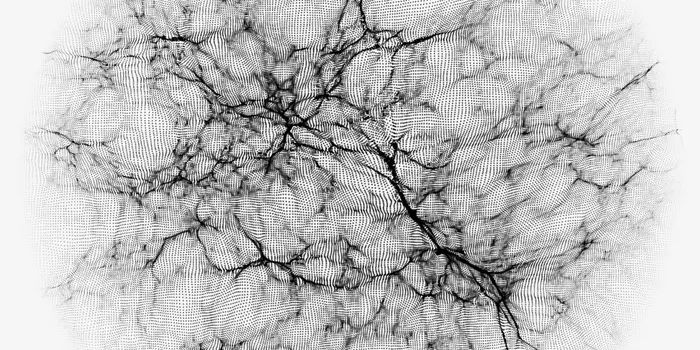New Biomedical Device Offers Rapid Relief for Chronic Pain Patients
How can ultrasonic waves be used to treat chronic pain? This is what a recent study published in the journal Pain hopes to address as a team of researchers investigated how a noninvasive treatment known as Diadem, which is a novel biomedical device designed to use ultrasonic waves for combating chronic pain. This study holds the potential to help researchers develop more effective methods at treating chronic pain aside from invasive, surgical treatments.
For the study, the researchers enlisted 20 patients who suffer from chronic pain to participate in trials for the Diadem device or sham stimulations, the latter of which involved auditory masking that has been used in previous research. Each patient received two 40-minute sessions comprised of either the Diadem or sham treatments, followed by being monitored for one week. In the end, the researchers found that 60 percent of patients were received the Diadem treatments reported improved pain management on day 1 and day 7. In contrast, 15 percent and 20 percent of patients who received the sham treatment reported the same for day 1 and day 7, respectively.
“If you or your relatives suffer from chronic pain that does not respond to treatments, please reach out to us; we need to recruit many participants so that these treatments can be approved for the general public,” said Dr. Jan Kubanek, who is an assistant professor in the Department of Biomedical Engineering at the University of Utah and a co-author on the study. “With your help, we think chronic pain can be effectively silenced. And with new pain treatment options, we can tackle the opioid crisis, too.”
Chronic pain is defined as pain that lasts longer than three months, and this study comes as approximately 51.6 million adults in the United States, or 21 percent of the U.S. population, suffers from some form of chronic pain. Additionally, approximately 17.1 million of those individuals suffer from high-impact pain, which is classified as severely limiting their daily routine.
What new chronic pain treatments will researchers discover in the coming years and decades? Only time will tell, and this is why we science!
As always, keep doing science & keep looking up!
Sources: Pain, EurekAlert!, University of Utah, U.S. Pain Foundation








